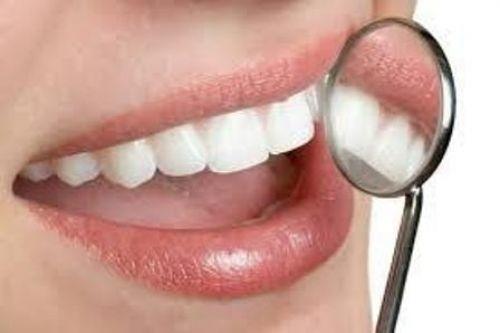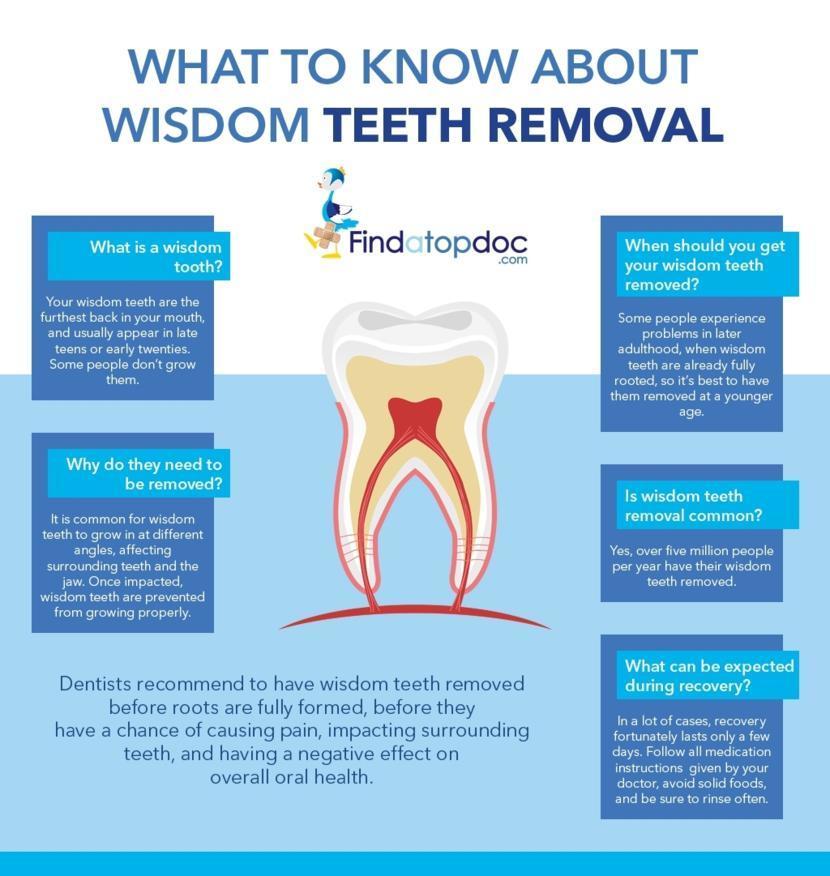Do I need to get my Wisdom Teeth Pulled?

Wisdom tooth extraction is a surgical procedure used to remove one or more of the adult teeth present at the back of the mouth. It is usually done by an oral surgeon or a dentist. It is often done by opening the gum tissue over the tooth and then taking out the bone covering the tooth. The tissue connecting the tooth to the bone is removed to make the extraction easy. Stitches are put after the procedure, which will dissolve on its own after some days. Here are a few facts which one should know about extraction of wisdom tooth.
Wisdom tooth or teeth don't need to be extracted if it has erupted properly without affecting the nearby tooth. But if the tooth has come out partially erupting through the gingival tissue, it may lead to infection and inflammation. Wisdom tooth extraction is done to correct problems, if any, or to prevent any future complications.
Some of the problems that may require an extraction of this adult tooth include:
- The size of the jaw is small for the wisdom tooth, affecting the eruption of the tooth from the jaw.
- Wisdom teeth break partially from the jaw with a flap of tissue growing on the top of the tooth. The presence of flap may allow the growth bacteria, which results in infection characterized by painful, swollen gums.
- Improperly developed teeth may affect the adjacent tooth or bone and even cause small cysts.
- The tooth comes out in an angle with the top of the tooth facing in a different directions than normal.
Wisdom tooth extraction helps in preventing:
- crowding of teeth at the back of the mouth
- impact on teeth
- infection and inflammation of the gums
- gum disease and wisdom tooth decay
To decide whether to go for an extraction of the wisdom teeth, one should also be aware of the risks associated with the surgical procedure.
Wisdom teeth extraction may result in:
- Pain and swelling in the gums
- Bleeding of gums that persists for more than a day
- Difficulty in opening the mouth
- Damage to dental works in the adjacent teeth like crowns and bridges
- Formation of dry socket, a painful inflammation caused by the loss of blood clot in the extracted region
- Numbness of mouth and lips















